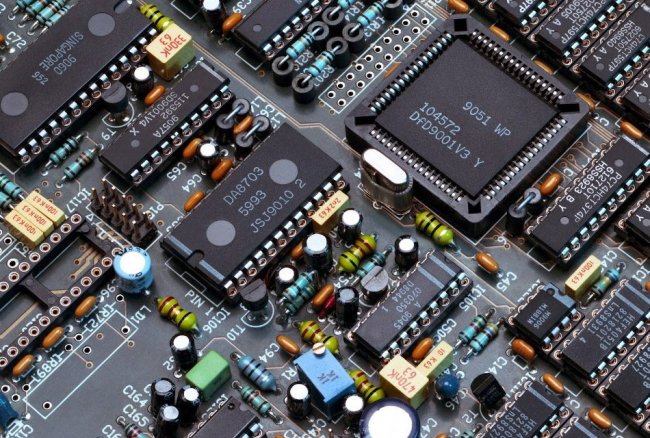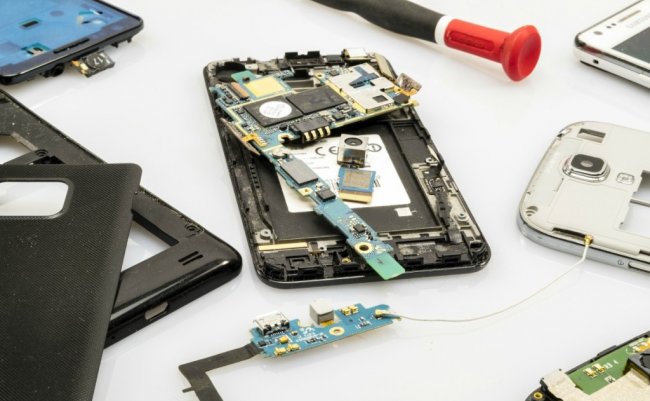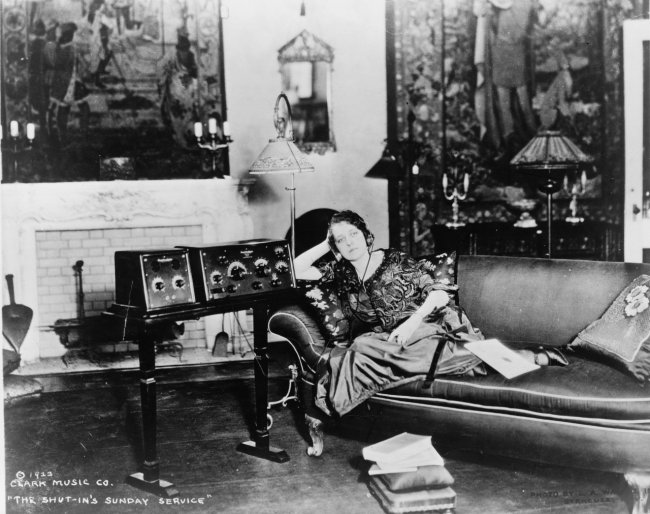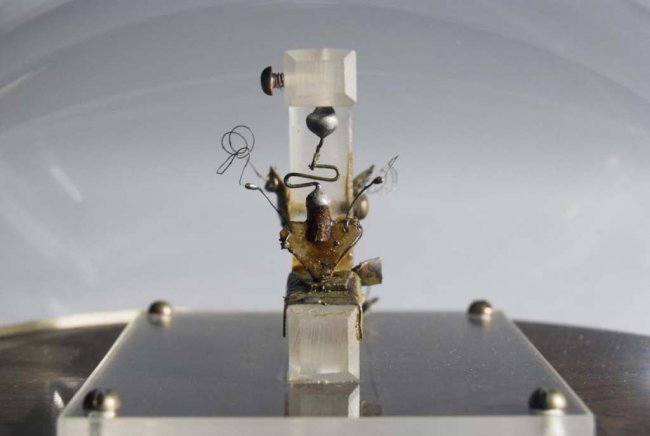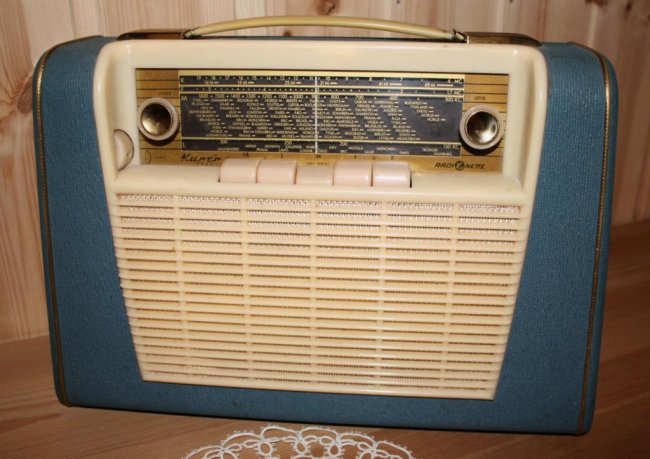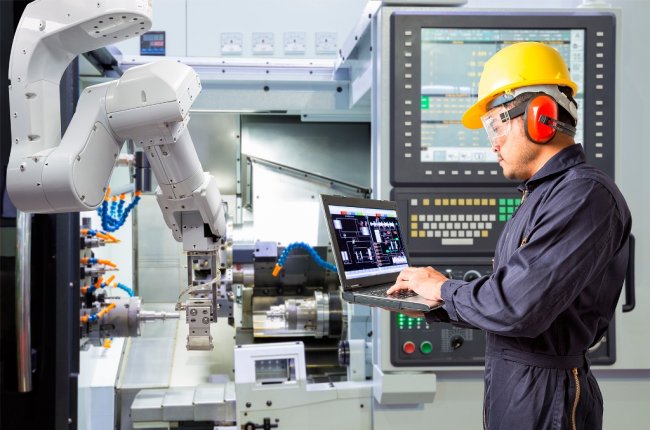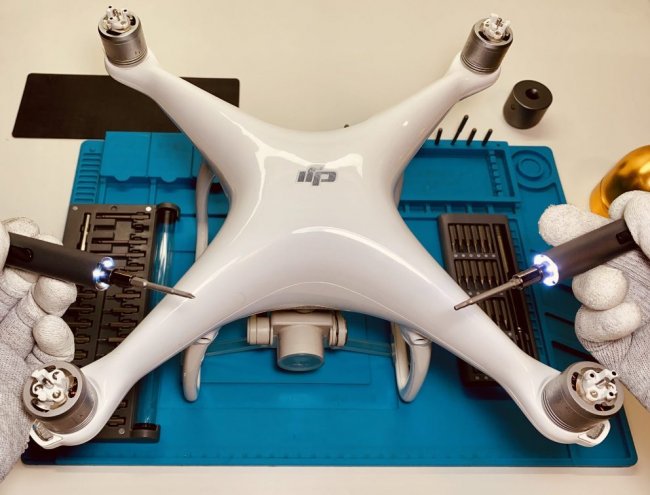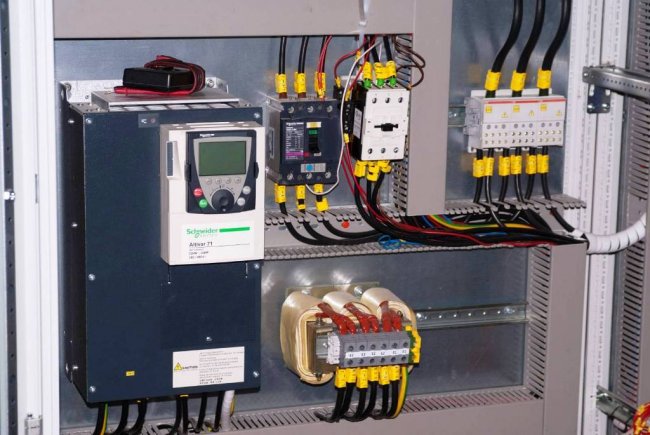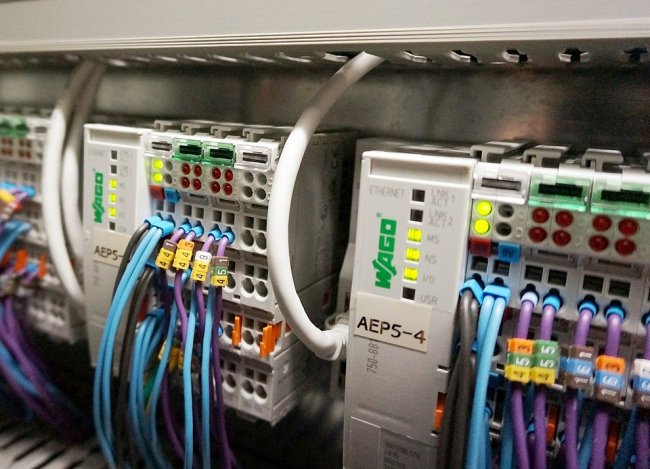Electronic devices and devices, the origin and development of electronics
What is electronics
Electronics is a field of science and technology that encompasses the study and application of electronic and ionic phenomena occurring in vacuum, gases, liquids, solids, and plasmas, as well as at their boundaries.
Electronics consists of two main sections:
-
physical electronics, the subject of which are theoretical and experimental studies of electronic and ionic phenomena, the principles of construction of electronic devices and installations, the principles of obtaining, converting and transferring electrical energy using electronic devices and devices, the mechanism of action of the flows of electrons, ions, quanta and electromagnetic fields on matter;
-
technical (applied) electronics, the subject of which is the theory and practice of using electronic devices, devices, systems and installations in various fields of human activity — science, industry, communications, agriculture, construction, transport, etc.
Electronic devices and devices
Electronic devices and devices take center stage in electronics. They are direct or indirect objects of research in physical electronics and serve as basic elements in engineering developments in technical electronics.
Physical phenomena related to the movement of electrons, but not realized in electronic devices (for example, cosmic rays, radio wave propagation, etc.), do not belong to physical electronics, but to the corresponding branches of physics (in particular, radio physics).
Similarly, electrical equipment, even containing individual electronic components as auxiliary, but generally not based on the properties of electronic devices, for example, an electric machine amplifier, a magnetic amplifier, but electron beam oscilloscopes, X-ray installations, radars, energy spectrum analyzers of particles etc. — to technical electronics (see — Types of electronic devices, What is power electronics).
The origin and development of electronics
The birth of electronics was preceded by the discovery of the electric arc (1802), the glow discharge in gases (1850), cathode rays (1859), the invention of the incandescent lamp (1873), etc.
However, as an independent field of science and technology, electronics began to develop in the late 19th and early 20th centuries after the discovery of thermionic radiation (1883) and photoelectron radiation (1888) and the development of the electron beam tube (1897). vacuum diode (1904), vacuum triode (1907), crystal detector (1900 — 1905) (See —History, principle of operation, design and application of electron tubes).
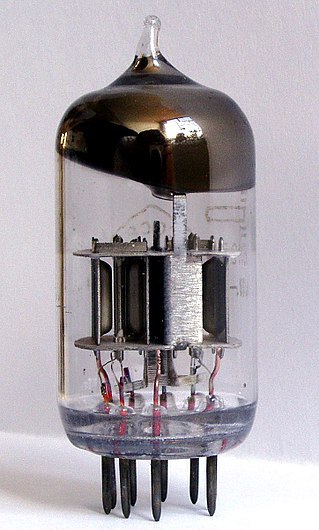
Vacuum triode
The invention of the radio (1895) stimulated progress and had a decisive influence on the further development of electronics, especially in the period 1913-1920.
Woman Listening to Radio Through Headphones (1923)
In 1933 - 1935 began to use in industry the thermal effects of high-frequency currents for induction heating of metals and alloys and capacitive (dielectric) heating of dielectrics and semiconductor materials. During World War II (1939-1945), radar played an important role in the development of electronics.
Non-radio engineering applications of electronic devices have been developing for a long time under the strong influence of radio engineering, from which they borrow the basic elements, schemes and methods for them.
Further development of radio engineering applications of electronics went in independent directions, especially in the field of nuclear technology (from 1943), computer technology (from 1949) and mass automation of production and processes.
The first semiconductor transistor (the invention of the transistor has been called the most significant invention of the 20th century)
Since the beginning of the 1950s, after the invention of the transistor, semiconductor electronics began to flourish, which made it possible to meet the increased requirements for reliability, efficiency and dimensions of complex electronic devices and, in particular, provided the development of a new section of theoretical and applied electronics — microelectronics.
«Radionette» - the first model of a portable radio in 1958, produced by the Norwegian manufacturer Radionette
The degree of implementation of electronic equipment in various fields of human activity is a criterion for modern technical progress, since electronics can dramatically increase the productivity of physical and mental labor, improve the economic indicators of production, and also solve problems that are intractable by others means.
Electronic devices and devices are the main elements of modern automated production (Partial, full and complex automation).
The advantages of electronic devices and devices
Electronic devices and devices, compared to mechanical, electromechanical, pneumatic and others, allow to increase the speed of response (in particular, the speed of information processing) by many orders of magnitude, have significant sensitivity to small signals, provide exceptional flexibility and flexibility of separate functional blocks, contain no moving parts and, as a rule, have much smaller dimensions and weight.
A quadcopter is a classic example of a mechatronic device (mechanical, electrical and electronic elements are inextricably linked in one system)
Electronic equipment is universal and flexible, since the same devices (amplifiers, flip-flops, generators, etc.) can be used to solve different problems in completely different areas and the parameters of the blocks and devices (amplification, output voltage, operating frequencies) , actuation levels) are adjusted in a wide range by the simplest means, which allows the development and use of unified building blocks, the combination of which can provide different functions in different fields of application.
Classification of electronics by areas of application of electronic equipment
Technical (applied) electronics can be classified according to the fields of application of electronic equipment, considering independently radio electronics, industrial electronics, transport, medical, geological, nuclear, etc.
A distinctive feature of radio electronics, the oldest branch of technical electronics, is the use of electronic devices for transmission and reception of electromagnetic waves in a wide frequency range (radio communication, radar, television, etc.).
Industrial electronics covers the development and application of electronic devices in industrial production.
Examples of industrial electronics devices:
Soft starters for electric motors
Programmable logic controllers
Operator panels for controlling automated devices
Classification of electronic devices and devices
Devices and systems specific to technical electronics can be divided into three main classes:
-
information intended for perception and collection, processing and storage, transmission and reception of information for the purpose of measurement, control and impact on technological processes;
-
energy intended for receiving, converting and transmitting electrical energy;
-
technological, intended for the direct impact of particle flows or electromagnetic fields on a substance for the purpose of mechanical, thermal and other processing of materials or products.
Any electronic installation used in industry usually combines several classes of devices, but the latter differ in structure, types of electronic devices and elements used, and design methods.Therefore, it is useful to consider each class of devices independently, emphasizing the relevant sections of technical electronics: information electronics, power electronics, and process electronics.
See also:
Computer mechatronics, types and applications of mechatronic systems

